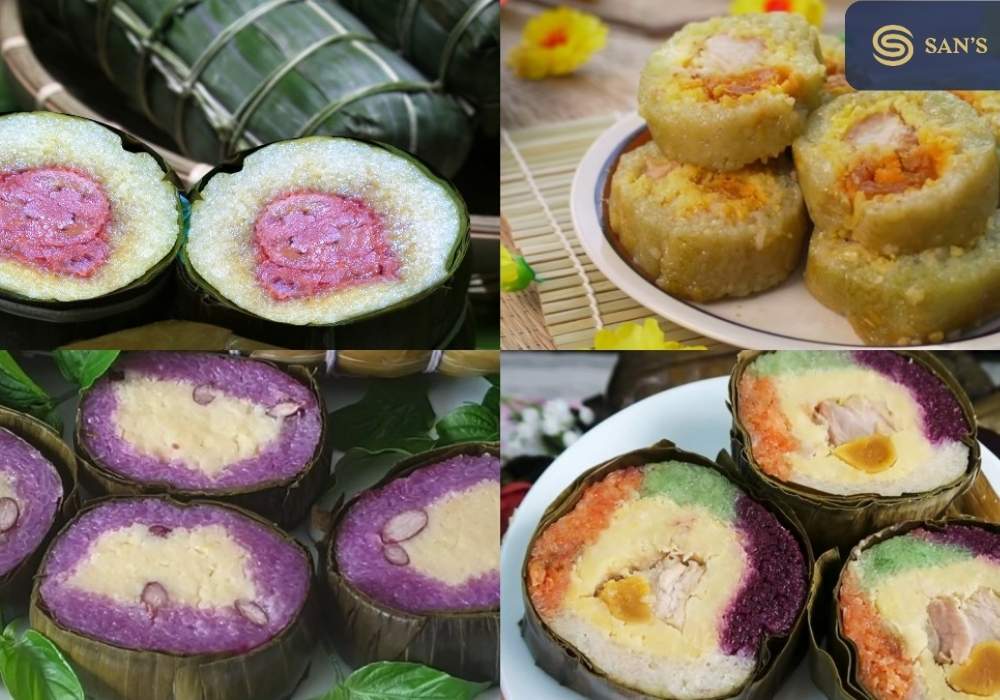Banh Tet, a quintessential Vietnamese rice cake, is not just a culinary delight but a symbol of rich cultural heritage. This traditional dish, primarily associated with the Lunar New Year, embodies the essence of Vietnamese festive cuisine. In learning how to make Banh Tet, one delves into a centuries-old tradition that has been passed down through generations, reflecting the country’s history and communal values.
Each component of Banh Tet, from its glutinous rice exterior to its savory filling, tells a story of agricultural abundance and family unity. As we explore the art of preparing Banh Tet, we also celebrate the occasion it honors – the Lunar New Year, a time of renewal and reverence in Vietnam.
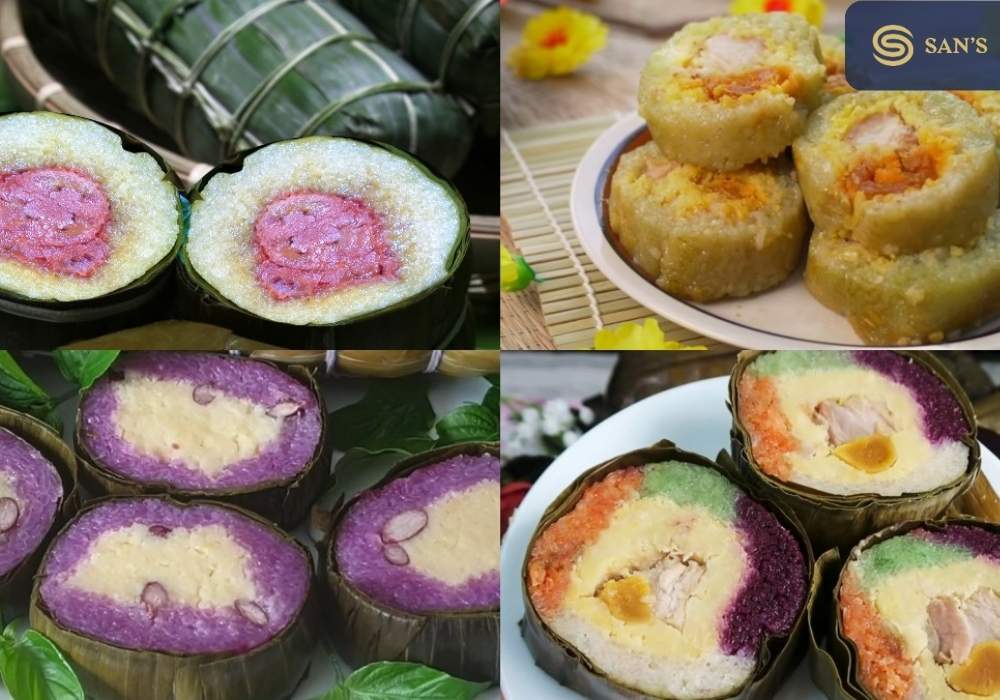
History and Cultural Significance of Banh Tet
Delving into the origins and cultural importance of Banh Tet offers a fascinating glimpse into Vietnamese traditions. This traditional dish’s roots are intertwined with Vietnam’s history, dating back centuries. Understanding how to make Banh Tet is not only about mastering a recipe but also appreciating its historical context.
Banh Tet originated as a symbolic food used in ancestral worship during Tet, the Vietnamese Lunar New Year. Its cylindrical shape, wrapped in banana leaves, is believed to represent the moon, signifying renewal and hope. The making of Banh Tet is a time-honored ritual, bringing families together in a shared experience that strengthens bonds and celebrates heritage.
In Vietnamese culture, Banh Tet is more than just a festive dish; it embodies the spirit of Tet, encapsulating wishes for prosperity and happiness in the new year. Through understanding how to make Banh Tet, one connects with these enduring traditions, embracing the cultural significance that has made Banh Tet a cherished element of Vietnamese culinary legacy.
Ingredients Needed for Banh Tet
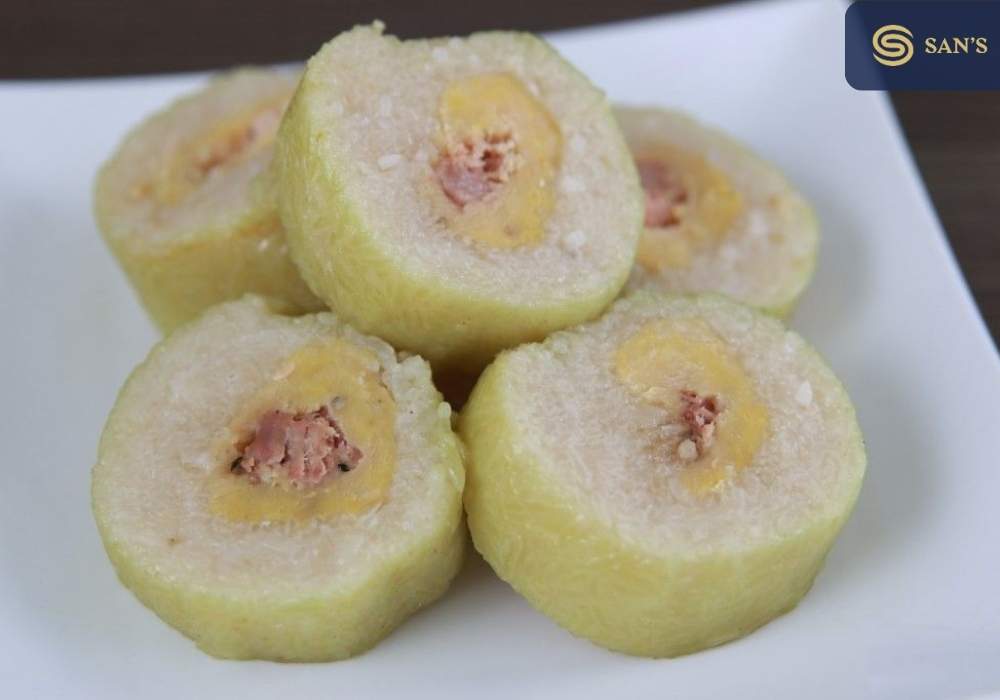
A crucial step in learning how to make Banh Tet involves gathering the right ingredients. This traditional Vietnamese dish requires specific components, each contributing to its unique flavor and texture. Here’s a comprehensive list of ingredients needed for Banh Tet, along with suggested substitutes for some that might be hard to find.
- Glutinous Rice – 2 kg: The base of Banh Tet, known for its sticky texture. Substitute: Short-grain sushi rice for a similar texture.
- Mung Beans – 500 g: Peeled and split mung beans are used for the filling. Substitute: Yellow split peas can be used as an alternative.
- Pork Belly – 1 kg: Adds richness to the filling. Substitute: For a leaner option, pork shoulder can be used, or tofu for a vegetarian version.
- Shallots and Garlic – 4-5 shallots, 2 cloves of garlic: Essential for flavoring the pork.
- Fish Sauce – 2 tablespoons: Adds depth to the pork’s flavor. Substitute: Soy sauce or tamari for a vegetarian version.
- Black Pepper and Salt – To taste: For seasoning the rice and filling.
- Banana Leaves – 20-25 large leaves: Used for wrapping the Banh Tet. Substitute: Aluminum foil can be used, although it will not impart the same flavor as banana leaves.
- Kitchen String – To tie the Banh Tet securely.
Understanding the role of each ingredient is key when learning how to make Banh Tet. While substitutes can be used, they may slightly alter the traditional taste and texture of the dish.
Preparing the Ingredients
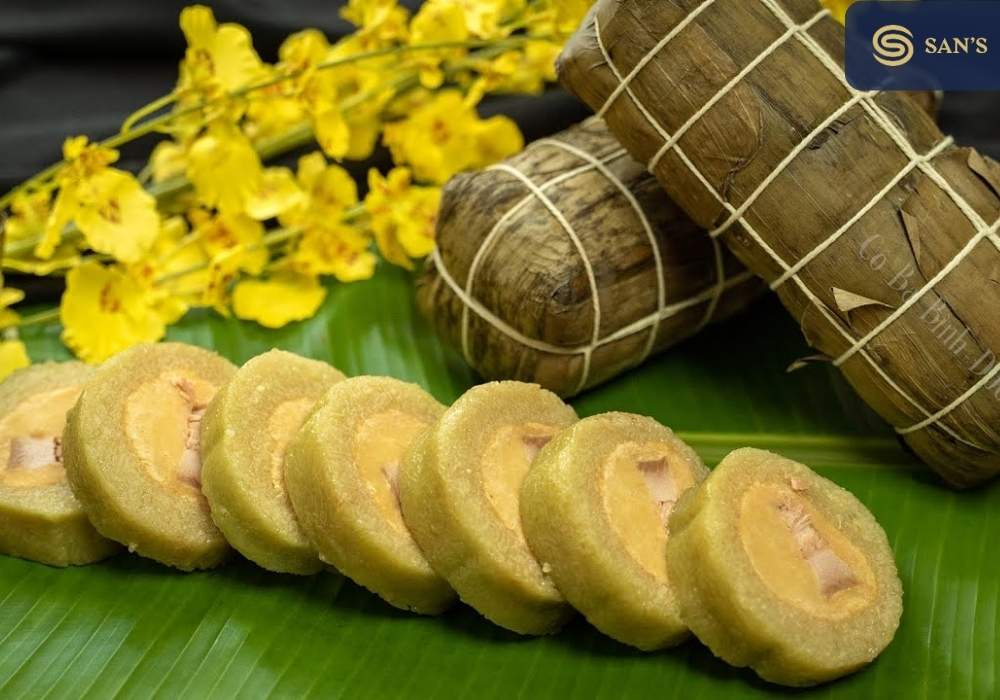
To excel in how to make Banh Tet, it’s essential to properly prepare your ingredients. This preparation is a crucial step in achieving the authentic taste and texture of this traditional Vietnamese dish. Here’s a step-by-step guide to preparing the ingredients for Banh Tet, along with tips for selecting the best quality ingredients:
- Soaking the Glutinous Rice:
- Begin by rinsing the glutinous rice under cold water until the water runs clear.
- Soak the rice in water for at least 4 hours, or overnight. This step is crucial for softening the rice and ensuring even cooking.
- Preparing the Mung Beans:
- Rinse the mung beans thoroughly.
- Soak them in water for about 2 hours until they are slightly softened.
- Drain and steam the mung beans until they are tender.
- Marinating the Pork Belly:
- Cut the pork belly into long strips, about 1 inch thick.
- Marinate with minced shallots, garlic, fish sauce, black pepper, and a pinch of salt. Leave it to marinate for at least 1 hour.
- Preparing the Banana Leaves:
- Wash the banana leaves and gently wipe them down.
- Pass them over an open flame or dip in boiling water briefly to make them pliable and easy to fold.
- Selecting Quality Ingredients:
- Choose high-quality, fresh glutinous rice for the best texture.
- The pork belly should be fresh and have a good balance of meat and fat.
- For the banana leaves, look for those that are large, intact, and free from tears or holes.
By following these steps and choosing the best ingredients, you will lay a solid foundation for mastering how to make Banh Tet. Each step plays a vital role in contributing to the final flavor and presentation of this cherished Vietnamese dish.
Making the Filling

A crucial component in learning how to make Banh Tet is preparing the traditional filling, which typically consists of mung bean and pork. Here are the detailed instructions:
- Preparing the Mung Bean Filling:
- After steaming the mung beans, mash them into a paste.
- Season with salt and a bit of shallot oil for added flavor.
- Cooking the Pork:
- Take the marinated pork belly and cook it in a pan until it’s evenly browned.
- Ensure that the pork is cooked through but still tender.
- Regional Variations:
- In some regions, additional ingredients like black pepper, green onion, or even hard-boiled eggs are added to the filling.
- Each family might have their unique twist, so feel free to experiment.
Assembling and Wrapping Banh Tet
The assembly and wrapping process is a key part of how to make Banh Tet. Here’s an illustrated guide:
- Laying Out the Banana Leaves:
- Place two to three banana leaves on a flat surface, slightly overlapping each other.
- Spread a thin layer of the soaked glutinous rice over the leaf, leaving space at the edges.
- Adding the Filling:
- Place a layer of mung bean paste over the rice.
- Add a strip of the cooked pork belly on top of the mung bean layer.
- Wrapping and Tying:
- Carefully roll the banana leaves around the filling to form a tight, cylindrical shape.
- Secure the roll with kitchen string, ensuring it’s tight enough to hold its shape.
- Avoiding Common Pitfalls:
- Ensure the banana leaves are not torn to prevent the rice from spilling out.
- The roll should be tight and even to ensure uniform cooking.
Cooking Process
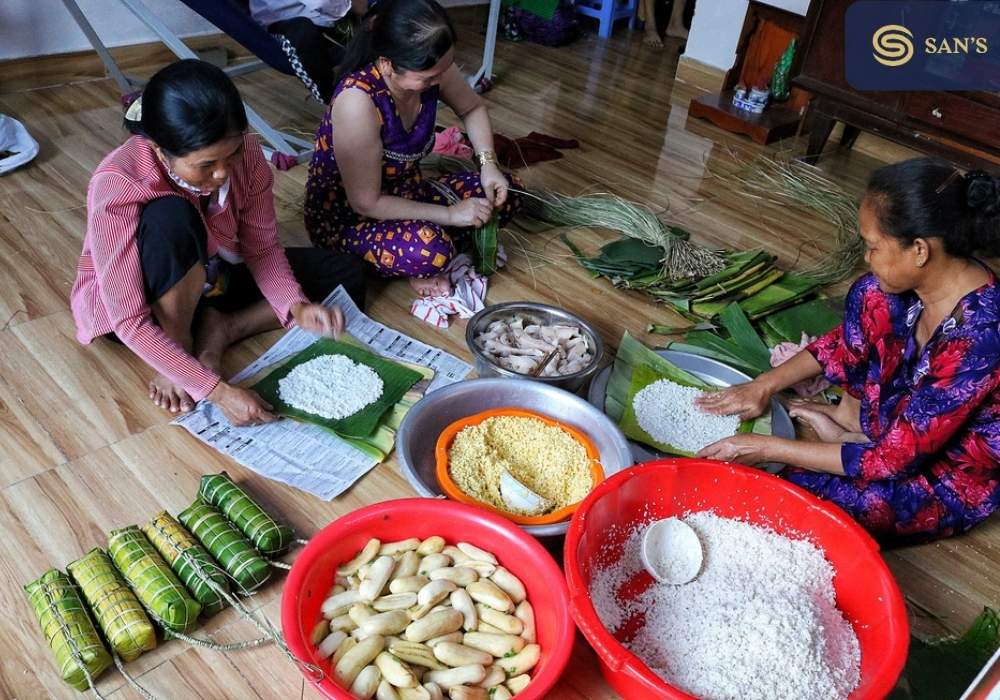
Finally, the cooking of Banh Tet is essential in mastering how to make Banh Tet:
- Boiling or Steaming:
- Place the wrapped Banh Tet in a large pot of boiling water or a steamer.
- Boil or steam for about 6-8 hours, depending on the size.
- Ensuring Even Cooking:
- Regularly rotate the Banh Tet to ensure even cooking.
- Maintain a consistent water level during boiling.
- Checking for Doneness:
- The Banh Tet is done when the rice is fully cooked and has a sticky, firm texture.
- Allow it to cool slightly before unwrapping.
By following these detailed steps for making the filling, assembling, wrapping, and cooking, you will be well on your way to creating an authentic and delicious Banh Tet, embodying the rich culinary traditions of Vietnam.
In this comprehensive guide on how to make Banh Tet, we’ve covered every essential step of this cherished Vietnamese culinary tradition. From selecting the right ingredients and preparing them with care, to the meticulous process of filling, wrapping, and cooking the Banh Tet, each stage plays a pivotal role in creating this festive dish. Banh Tet is not just a food item; it’s a symbol of heritage, a centerpiece of celebration, and a testament to the rich culinary artistry of Vietnam.
We encourage you to try this recipe and embrace the cultural journey it offers. Whether you’re a seasoned cook or a curious beginner, the process of learning how to make Banh Tet is an enriching experience. Share your Banh Tet creations and stories with others. Your variations, challenges, and successes can inspire a community of food enthusiasts and culture lovers.
FAQ Section
- What if I can’t find banana leaves?
- If banana leaves are unavailable, you can use aluminum foil as a substitute. However, keep in mind that this will change the traditional flavor slightly.
- How do I know when the Banh Tet is fully cooked?
- Banh Tet is usually cooked when the rice is completely sticky and has a firm texture. This typically takes about 6-8 hours of boiling or steaming.
- Are there vegetarian options for Banh Tet?
- Absolutely! For a vegetarian version, you can substitute the pork with tofu or additional mung bean paste. Adjust the seasonings to suit the vegetarian filling.
- Can Banh Tet be made in advance?
- Yes, Banh Tet can be made a couple of days in advance. It can be stored in the refrigerator and reheated by steaming.
- How long can Banh Tet be stored?
- When stored properly in a refrigerator, Banh Tet can last for up to a week.



